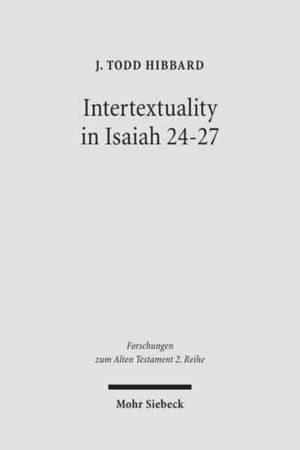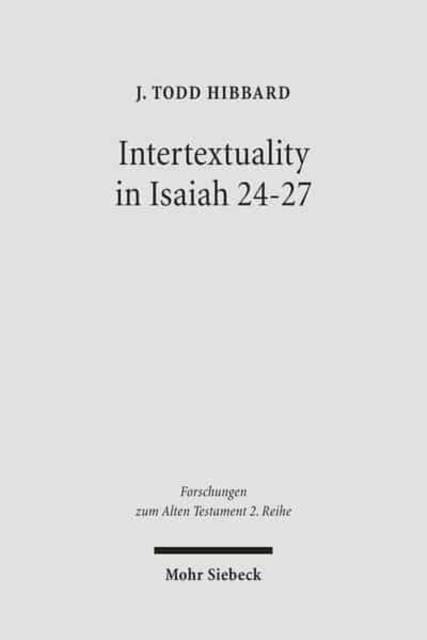
- Afhalen na 1 uur in een winkel met voorraad
- Gratis thuislevering in België vanaf € 30
- Ruim aanbod met 7 miljoen producten
- Afhalen na 1 uur in een winkel met voorraad
- Gratis thuislevering in België vanaf € 30
- Ruim aanbod met 7 miljoen producten
Zoeken
Intertextuality in Isaiah 24-27
The Reuse and Evocation of Earlier Texts and Traditions
J Todd Hibbard
€ 77,95
+ 155 punten
Omschrijving
J. Todd Hibbard examines the way in which Isaiah 24-27 reuses earlier texts and traditions as part of its literary strategy. He seeks to define a methodology based on an intertextual approach that is useful for studying prophetic texts. It requires that texts share common vocabulary and themes, be chronologically possible, and exegetically meaningful. Intertextual connections may be forged through citations, allusions, and echoes. The major exegetical categories for understanding the intertextual connections noted in Isaiah 24-27 include texts which universalize earlier judgment passages, texts which universalize earlier restoration and salvation passages, and texts which respond to earlier prophetic texts that are considered unfulfilled.
Specificaties
Betrokkenen
- Auteur(s):
- Uitgeverij:
Inhoud
- Aantal bladzijden:
- 248
- Taal:
- Engels
- Reeks:
- Reeksnummer:
- nr. 16
Eigenschappen
- Productcode (EAN):
- 9783161490279
- Verschijningsdatum:
- 1/06/2006
- Uitvoering:
- Paperback
- Formaat:
- Trade paperback (VS)
- Afmetingen:
- 153 mm x 229 mm
- Gewicht:
- 366 g

Alleen bij Standaard Boekhandel
+ 155 punten op je klantenkaart van Standaard Boekhandel
Beoordelingen
We publiceren alleen reviews die voldoen aan de voorwaarden voor reviews. Bekijk onze voorwaarden voor reviews.











